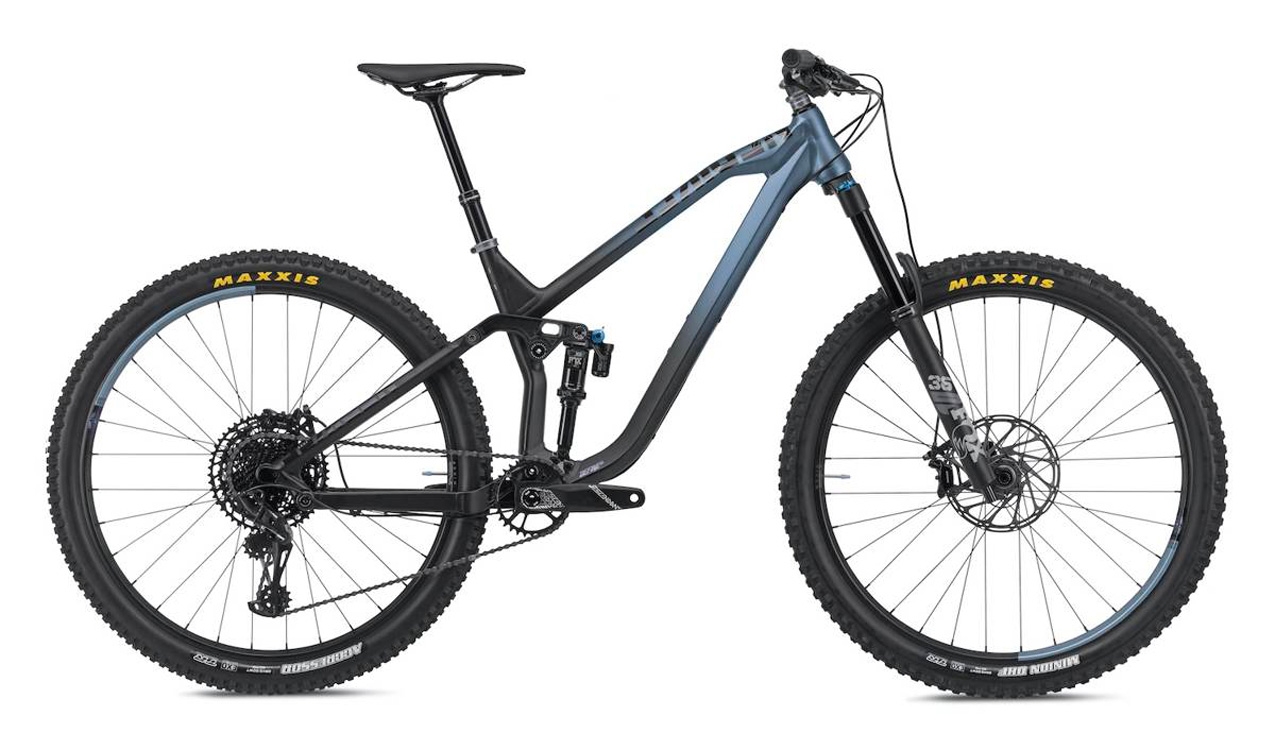The term “bicycle” holds a rich and multifaceted meaning that extends beyond a simple mode of transportation. Bicycles, often referred to as “bikes,” have been an integral part of human mobility, culture, and leisure for over a century. Consequently, understanding the various dimensions of what a bicycle represents can offer unique insights into its significance in our lives. Therefore, this comprehensive exploration delves into the historical background, technical components, cultural impact, and health benefits associated with bicycles. By examining these aspects, we gain a nuanced appreciation for this ubiquitous two-wheeled vehicle.
The Historical Background of Bicycles
Tracing the historical background of bicycles gives us a glimpse into their evolution and enduring appeal. Understanding their origins and developmental milestones helps contextualize their current significance. Therefore, exploring the history of bicycles is essential.

Origins of the Bicycle
The origins of the bicycle date back to the early 19th century. The precursor to the modern bicycle, known as the “Draisine” or “running machine,” was invented by Baron Karl von Drais in 1817. This wooden contraption featured two wheels and required the rider to propel it by pushing their feet against the ground, much like a balance bike. The concept of the Draisine laid the foundation for subsequent innovations that would eventually lead to the modern bicycle. By understanding the origins of the bicycle, we appreciate the early ingenuity that sparked its creation. Therefore, recognizing the historical beginnings is crucial.
Evolution and Milestones
The evolution of the bicycle saw significant milestones that shaped its current form. In the 1860s, the “Velocipede” or “boneshaker” emerged, featuring pedals attached to the front wheel, making it the first pedal-powered bicycle. Later, the introduction of the chain-driven “safety bicycle” in the 1880s revolutionized bicycling by providing a more stable and efficient design. The development of pneumatic tires by John Boyd Dunlop in 1888 further enhanced comfort and performance. These milestones paved the way for the diverse range of bicycles we see today. By understanding the key developments in bicycle history, we can appreciate the technological advancements that have made cycling more accessible and enjoyable. Therefore, recognizing these milestones is essential.
The Technical Components of Bicycles
Understanding the technical components of bicycles provides insight into their functionality and versatility. Knowing how each part contributes to the overall performance helps in selecting and maintaining bicycles. Therefore, exploring the technical aspects is crucial.
Frame and Fork
The frame and fork are the structural backbone of a bicycle, providing stability and support. Frames are typically made from materials such as steel, aluminum, carbon fiber, or titanium, each offering different balances of strength, weight, and flexibility. The fork, attached to the front wheel, plays a crucial role in steering and overall ride quality. Different frame geometries cater to various cycling disciplines, from road racing to mountain biking. By understanding the components and materials of the frame and fork, you can make informed decisions when selecting a bicycle for your specific needs. Therefore, recognizing the importance of the frame and fork is crucial.

Wheels and Tires
Wheels and tires are critical components that influence a bicycle’s performance and ride quality. Bicycle wheels consist of the rim, spokes, and hub, with variations in size and design tailored to different cycling disciplines. Tires, available in various widths and tread patterns, impact traction, rolling resistance, and comfort. Road bikes typically feature narrow, smooth tires for speed and efficiency, while mountain bikes use wider, knobby tires for off-road traction. By understanding the significance of wheels and tires, you can choose the right combination for your cycling goals. Therefore, recognizing the role of these components is essential.
Drivetrain and Brakes
The drivetrain and brakes are essential for propulsion and stopping power. The drivetrain includes components such as the chain, chainrings, cassette, derailleur, and crankset, all working together to transfer power from the rider to the wheels. Gearing options allow cyclists to tackle various terrains with ease. Brakes, available in rim, disc, and hydraulic versions, provide the necessary stopping power and control. Proper maintenance of the drivetrain and brakes ensures efficient performance and safety. By understanding the function and maintenance of these components, you can optimize your cycling experience. Therefore, recognizing the importance of drivetrain and brakes is crucial.
The Cultural Impact of Bicycles
Bicycles have made a profound cultural impact, influencing lifestyles, transportation, and societal values. Understanding their cultural significance highlights the broader meaning that bicycles hold. Therefore, exploring the cultural impact is essential.
Bicycles in Urban Mobility
Bicycles play a vital role in urban mobility, offering an eco-friendly and efficient mode of transportation. Many cities around the world have embraced cycling infrastructure, such as dedicated bike lanes, bike-sharing programs, and secure parking facilities, to promote cycling as a viable alternative to motor vehicles. Bicycles reduce traffic congestion, lower carbon emissions, and improve public health by encouraging active transportation. By understanding the role of bicycles in urban mobility, we can appreciate their contribution to sustainable living. Therefore, recognizing their impact on city landscapes is crucial.
Bicycles in Sports and Recreation
Bicycles have a significant presence in sports and recreation, encompassing a wide range of disciplines from road racing to BMX and mountain biking. Competitive cycling events, such as the Tour de France and the Olympics, have garnered global attention and inspired countless individuals to take up the sport. Recreational cycling, including leisure rides and organized group rides, fosters community connections and promotes physical fitness. Bicycles provide a sense of freedom and adventure, enabling riders to explore diverse environments. By understanding the diverse applications of bicycles in sports and recreation, we can appreciate their role in promoting active lifestyles. Therefore, recognizing their significance in these areas is essential.

Health Benefits of Cycling
Cycling offers numerous health benefits, contributing to physical, mental, and emotional well-being. Understanding these benefits encourages individuals to incorporate cycling into their daily routines. Therefore, exploring the health benefits of cycling is essential.
Physical Health Benefits
Cycling is an excellent form of cardiovascular exercise that helps improve heart health, increase stamina, and boost overall physical fitness. Regular cycling strengthens muscles, particularly in the legs, while also enhancing joint mobility and flexibility. It is a low-impact exercise, making it suitable for people of all ages and fitness levels. Additionally, cycling can aid in weight management by burning calories and boosting metabolism. By understanding the physical health benefits of cycling, we can appreciate its role in maintaining and improving overall well-being. Therefore, recognizing the value of cycling for physical health is crucial.
Mental and Emotional Health Benefits
Cycling also offers significant mental and emotional health benefits, contributing to reduced stress, anxiety, and depression. Engaging in physical activity releases endorphins, which improve mood and promote a sense of well-being. Cycling provides an opportunity to connect with nature, explore new surroundings, and enjoy a sense of freedom and adventure. The social aspects of cycling, such as group rides and cycling clubs, foster a sense of community and belonging. By understanding the mental and emotional health benefits of cycling, we can appreciate its holistic impact on well-being. Therefore, recognizing the importance of cycling for mental health is crucial.
Addressing Common Questions About Bicycles
Understanding common questions about bicycles provides clarity and enhances your knowledge. Knowledge of these answers ensures better preparation and effective use. Therefore, exploring common questions is essential.

How Do I Choose the Right Bicycle?
Choosing the right bicycle involves considering various factors such as intended use, terrain, budget, and personal preferences. Determine whether you need a road bike, mountain bike, hybrid bike, or another type based on your primary cycling activities. Consider the frame material, size, and geometry to ensure a comfortable fit. Test ride different models to assess handling and performance. Consulting with a knowledgeable bike shop professional can provide valuable insights. By understanding how to choose the right bicycle, you can make informed decisions that enhance your cycling experience. Therefore, recognizing the importance of thorough research is crucial.
How Often Should I Maintain My Bicycle?
Regular maintenance is essential for optimal bicycle performance and longevity. Basic maintenance tasks, such as cleaning the chain, checking tire pressure, and inspecting brakes, should be performed before each ride. More comprehensive maintenance, including gear adjustments, lubrication, and brake pad replacement, should be done every few months or as needed. Annual professional tune-ups ensure all components are in good working condition. By understanding the importance of regular maintenance, you can keep your bicycle running smoothly and safely. Therefore, recognizing the need for consistent care is crucial.
Addressing Common Misconceptions About Bicycles
Addressing common misconceptions about bicycles provides accurate information and dispels unwarranted concerns. Clearing up misunderstandings ensures an informed perspective. Therefore, exploring common misconceptions is important.
Misconception: Cycling Is Too Difficult for Beginners
A common misconception is that cycling is too difficult or physically demanding for beginners. In reality, cycling is a versatile activity that can be tailored to different fitness levels and abilities. Beginners can start with short, flat rides and gradually increase distance and intensity as their confidence and fitness improve. Modern bicycles offer features such as gearing options and comfortable seating to enhance the riding experience. By understanding the accessibility of cycling, individuals can feel more confident in starting their cycling journey. Therefore, dispelling this misconception emphasizes the inclusivity of cycling.
Misconception: Bicycles Are Only for Recreation
Another misconception is that bicycles are solely for recreation and not practical for everyday use. Bicycles can serve various practical purposes, including commuting, running errands, and transporting goods. Many people use bicycles as their primary mode of transportation, benefiting from cost savings, reduced environmental impact, and improved physical health. Urban infrastructure developments, such as bike lanes and bike-sharing programs, further support the practicality of cycling for daily activities. By understanding the versatility of bicycles, we can appreciate their practical applications beyond recreation. Therefore, dispelling this myth highlights the practical potential of bicycles.

Conclusion: Embracing the Multifaceted Meaning of Bicycles
Embracing the multifaceted meaning of bicycles involves understanding their historical background, technical components, cultural impact, and health benefits. Proper knowledge, including recognizing the specific features and applications of different bicycle types, ensures effective use and appreciation.
Exploring critical aspects such as physical and mental health benefits, addressing common questions and misconceptions, ensures comprehensive knowledge and practice. Recognizing the importance of answering common questions and dispelling misconceptions enhances overall confidence and effectiveness in cycling.
By engaging with these elements, we can appreciate the significance of bicycles in various aspects of life, from transportation and sports to health and well-being. Therefore, whether you are a casual rider, a competitive cyclist, or exploring the practical uses of bicycles, understanding the essential considerations and multifaceted meaning of bicycles offers practical and valuable insights. Embrace the opportunity to explore and enjoy cycling, knowing you have the knowledge and resources to make the most of this remarkable mode of transportation!

